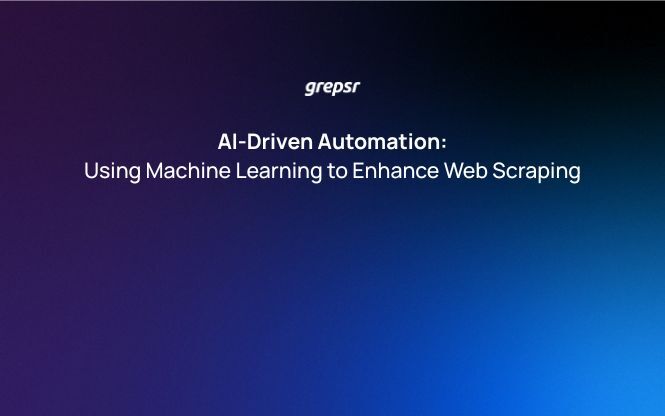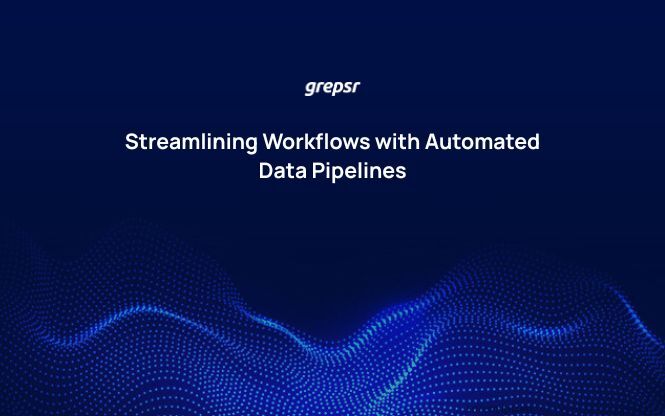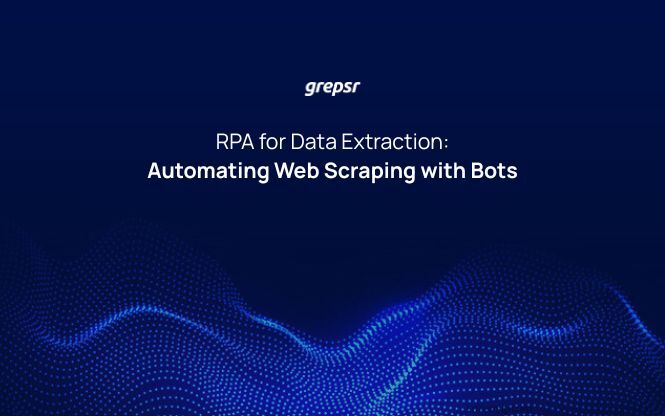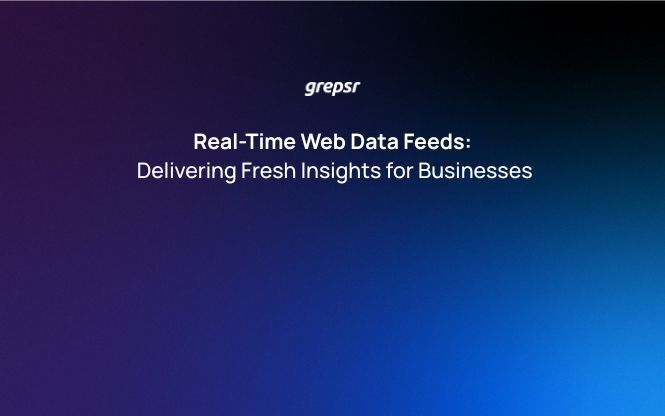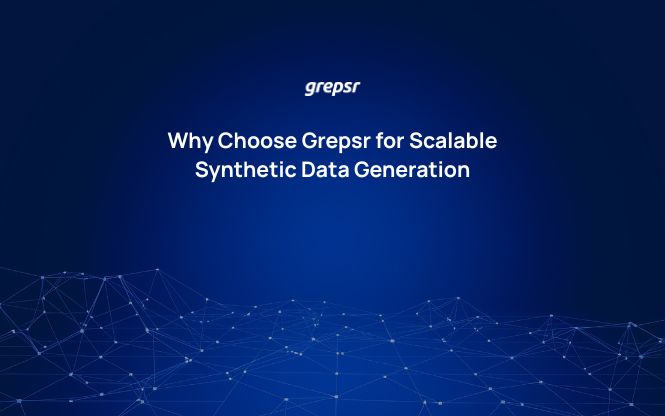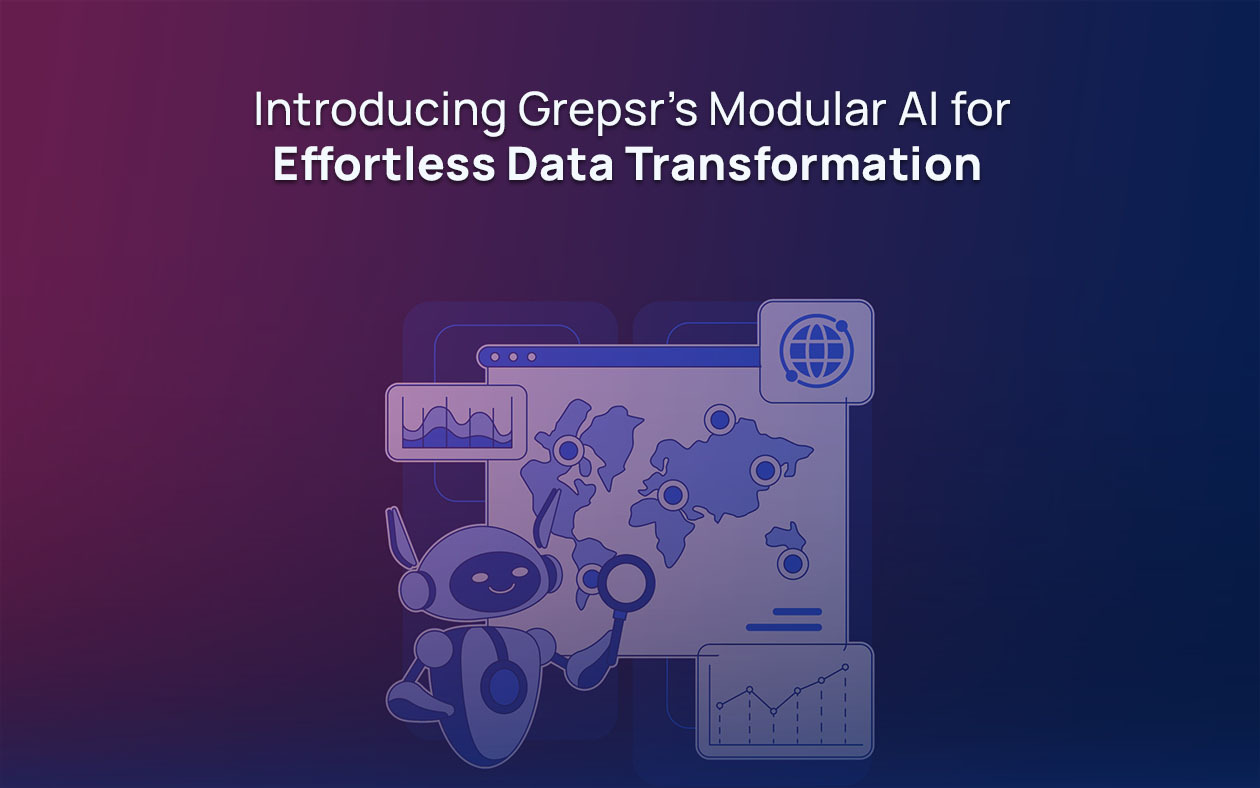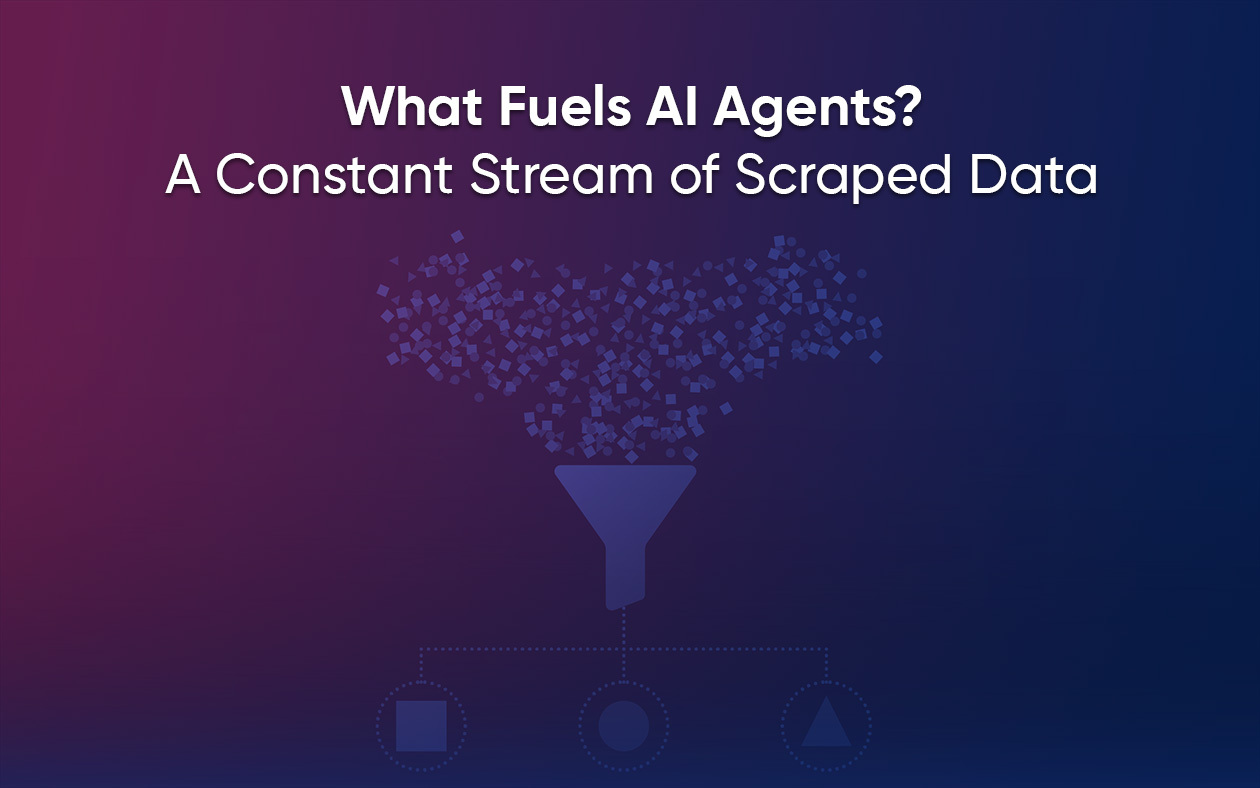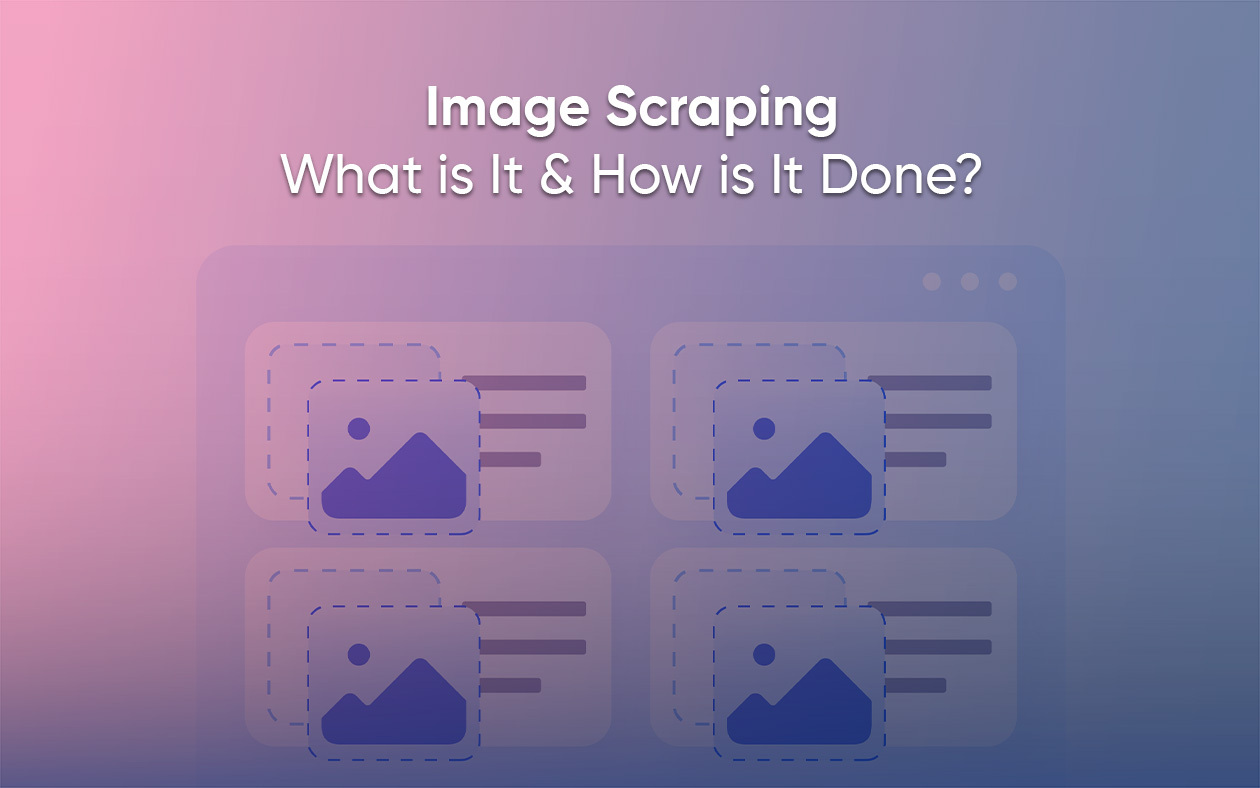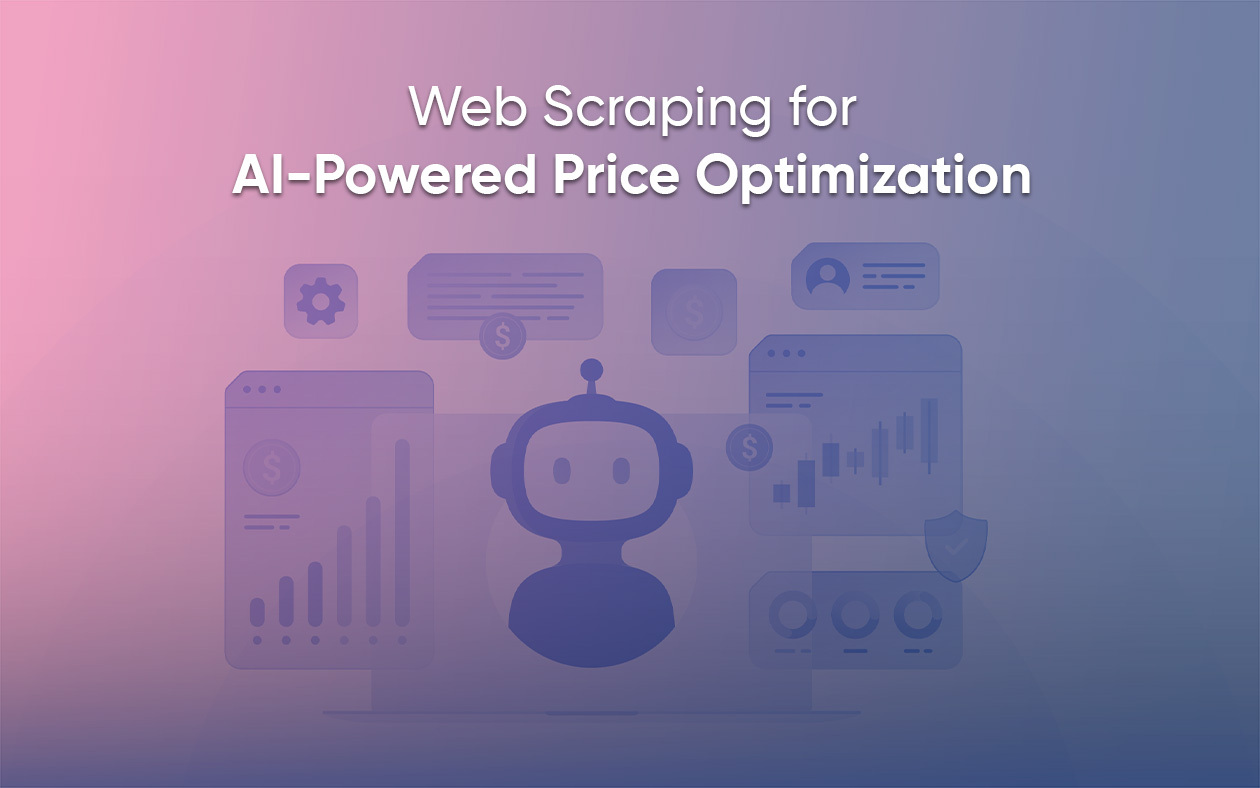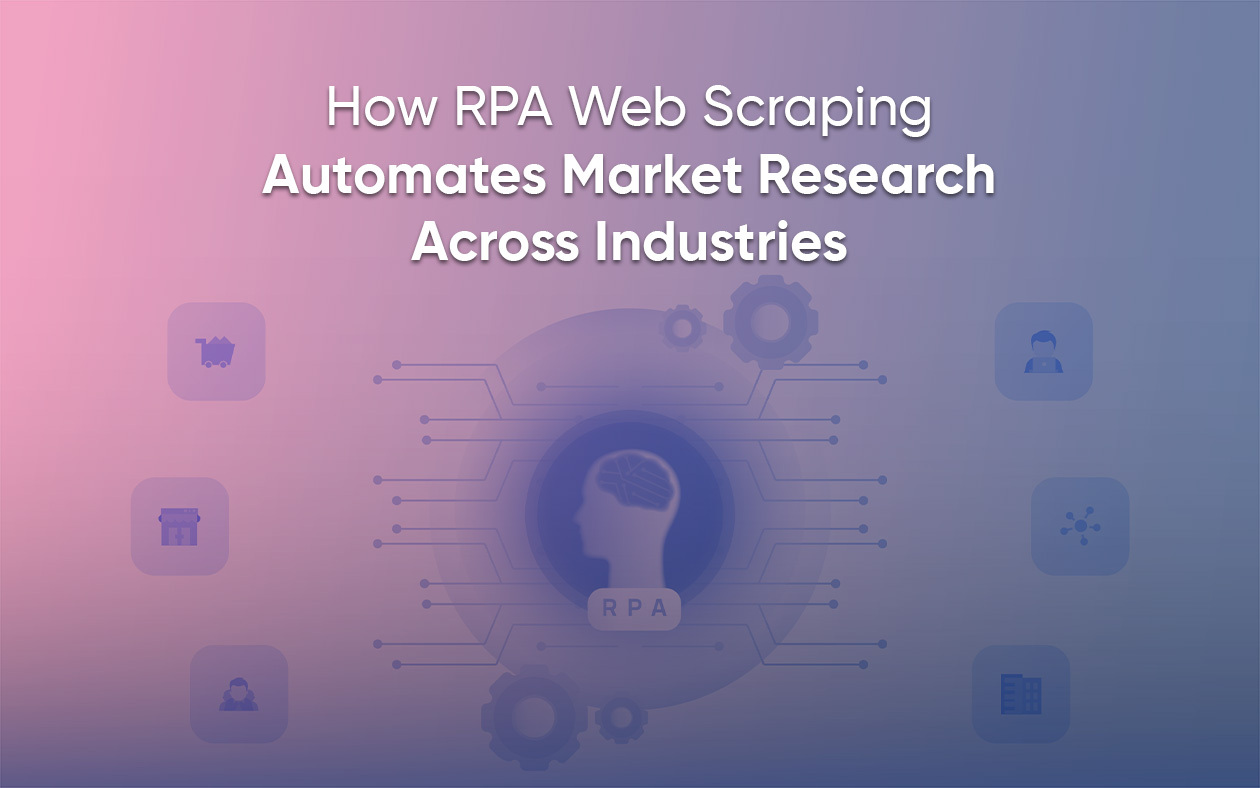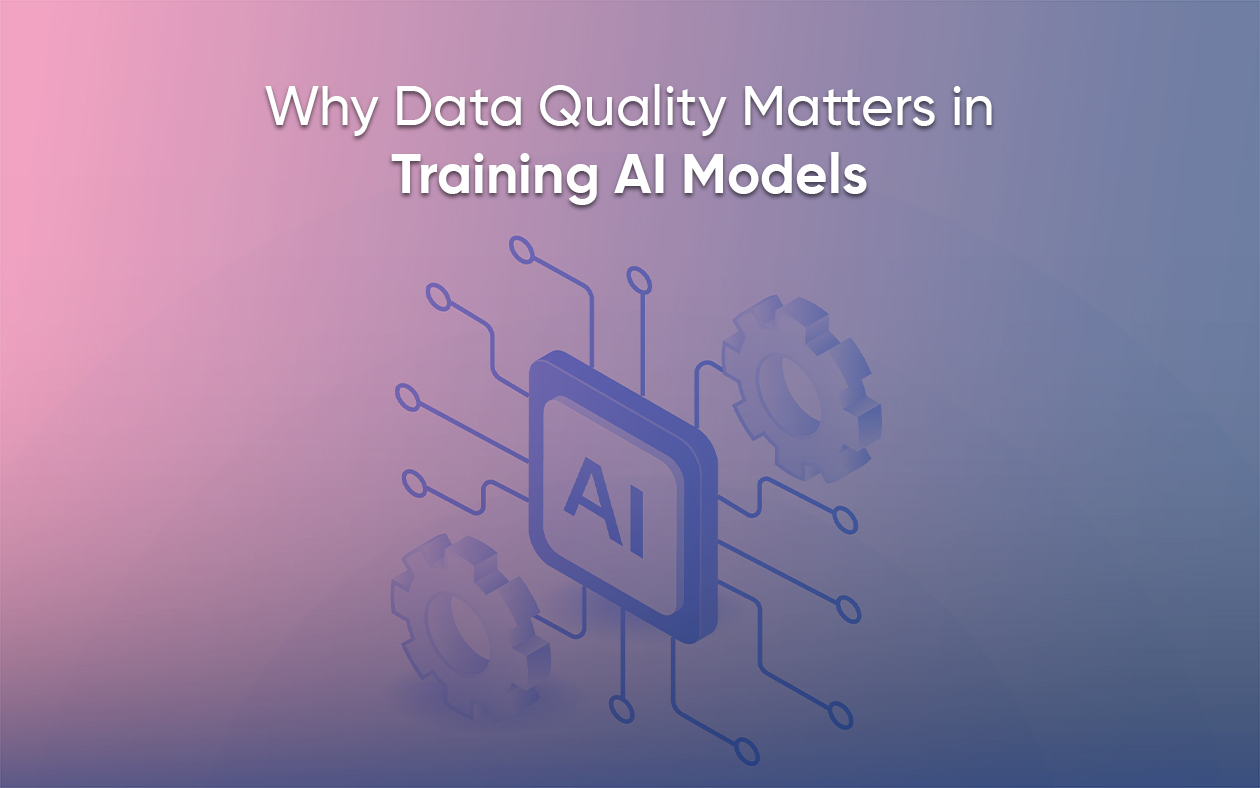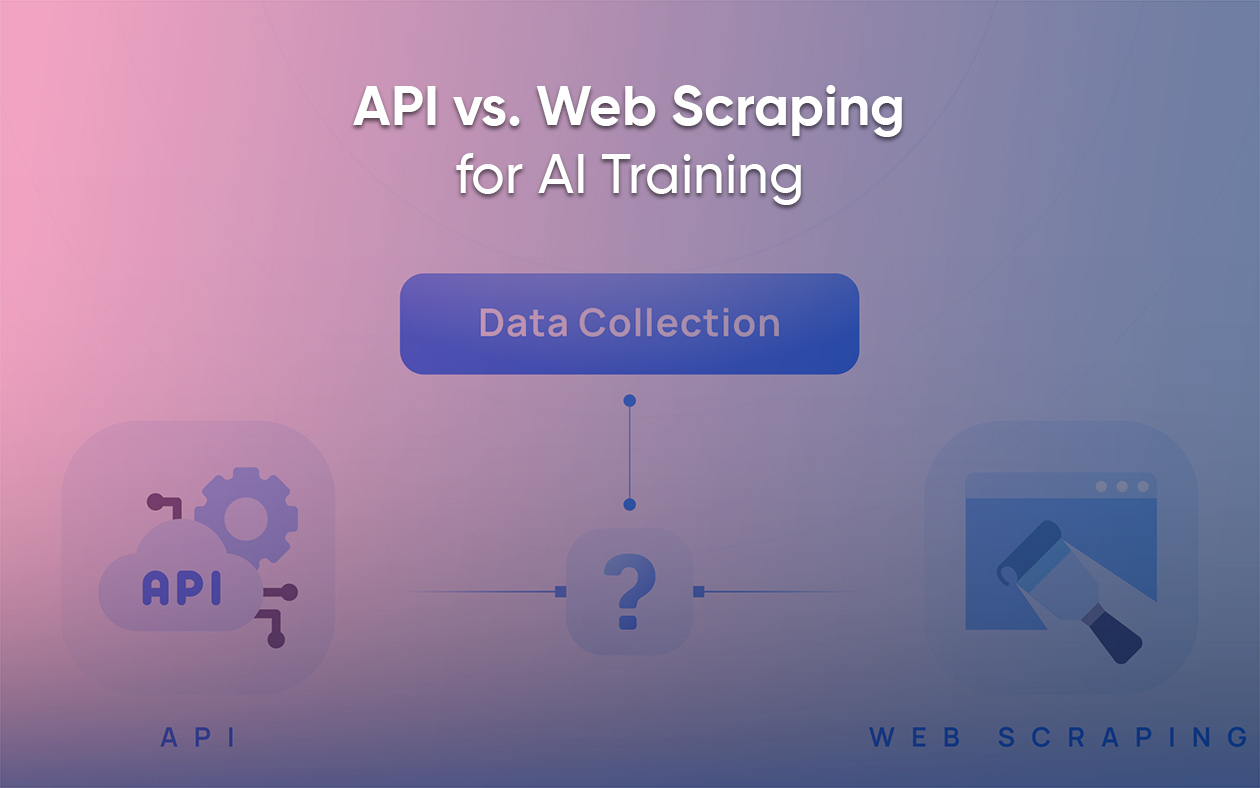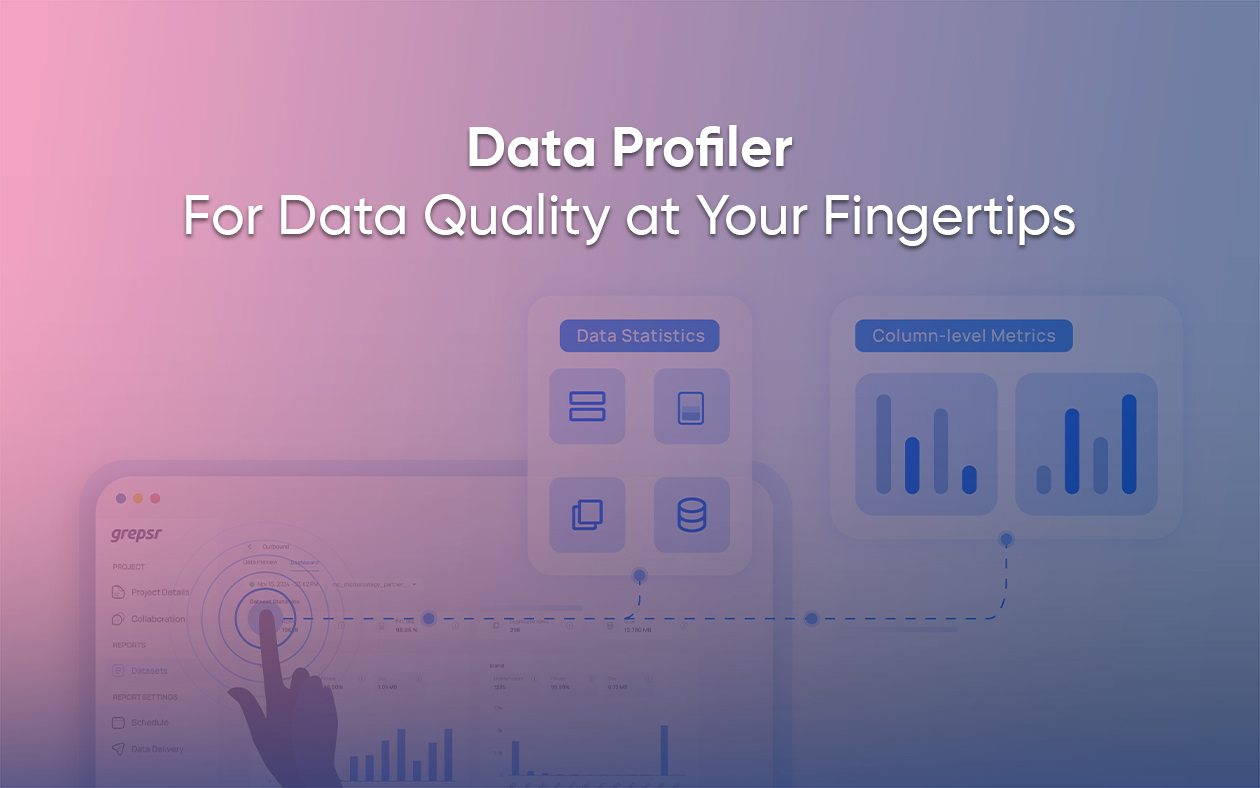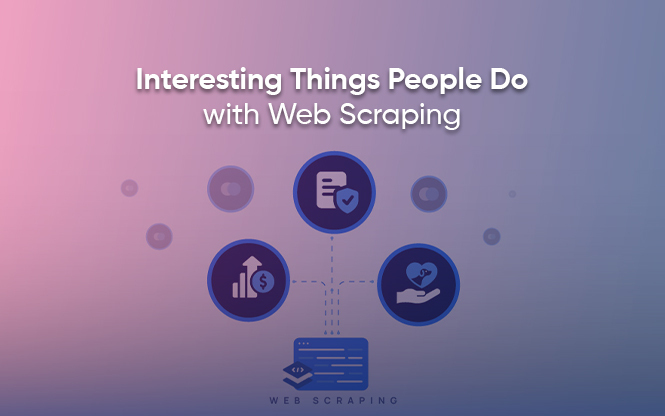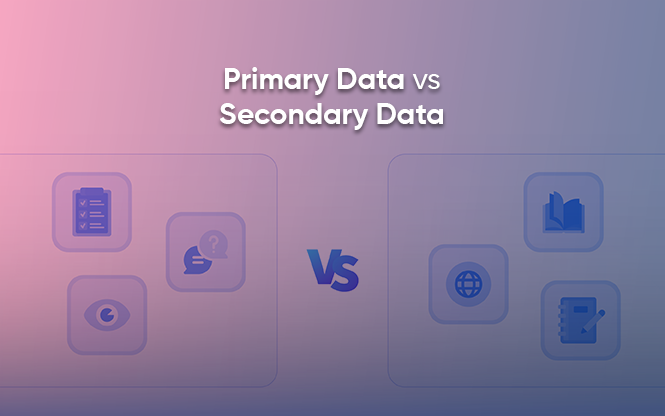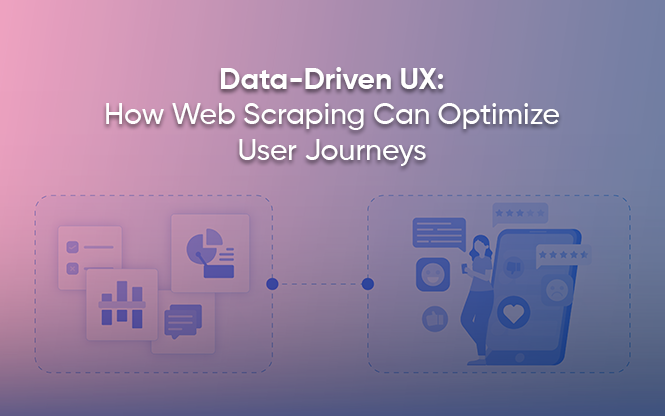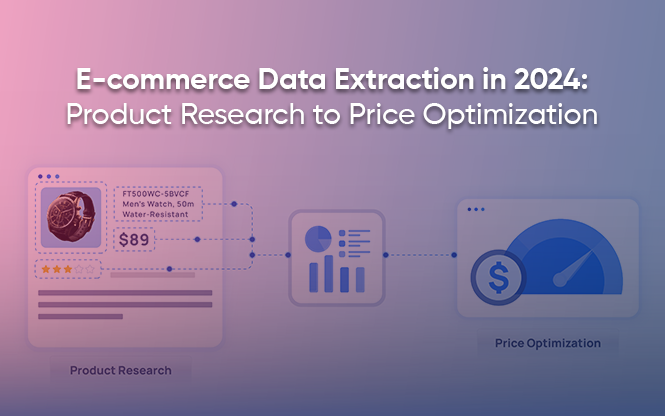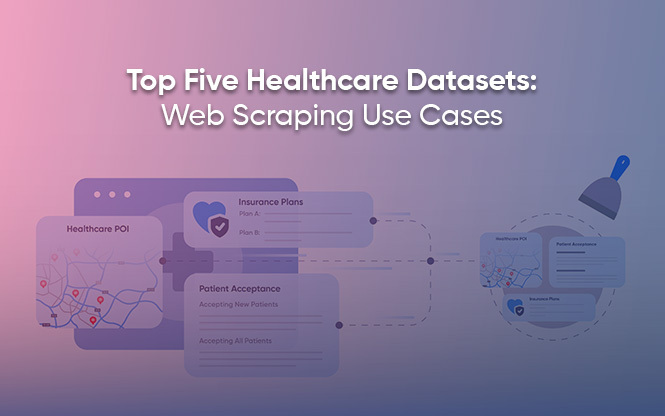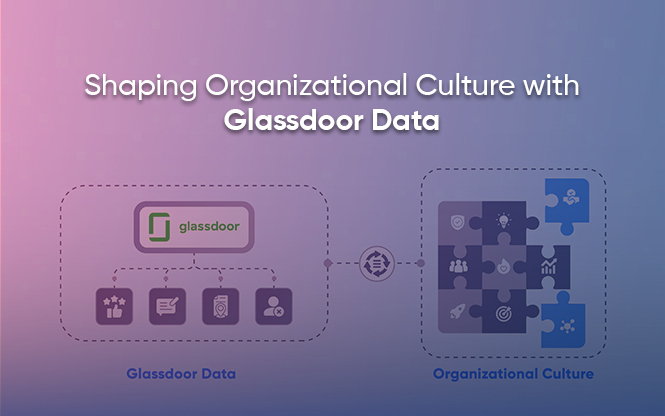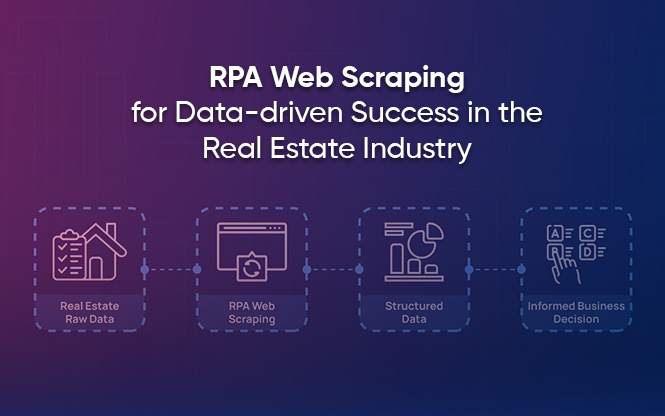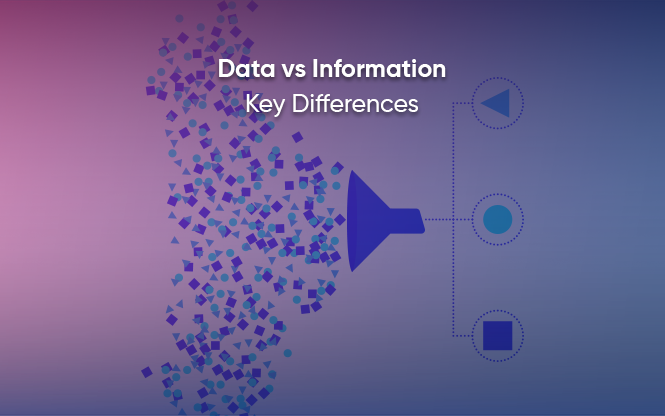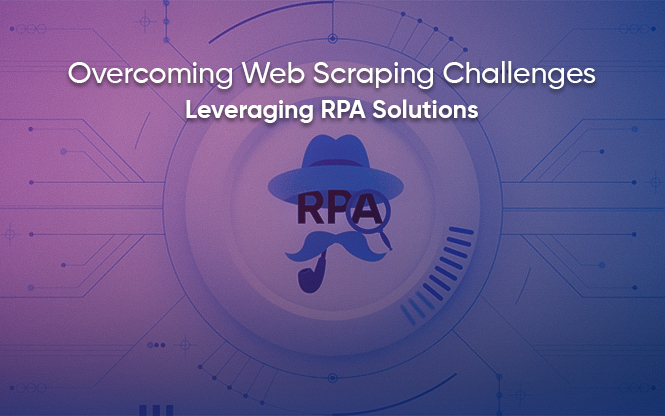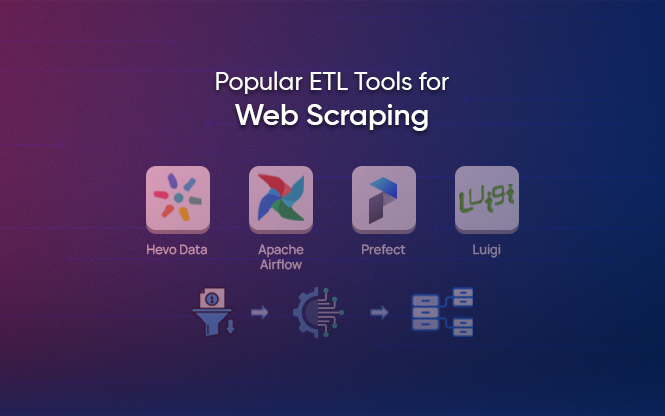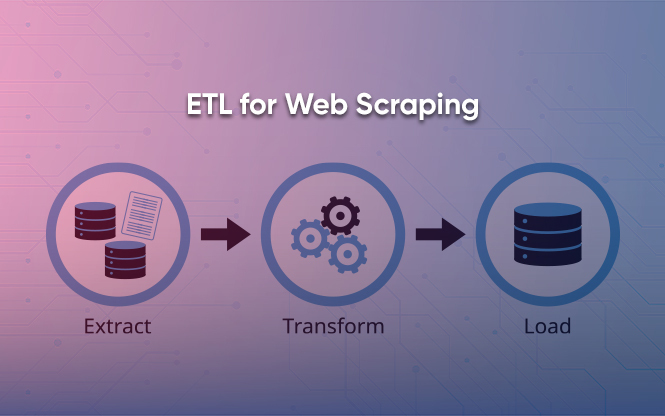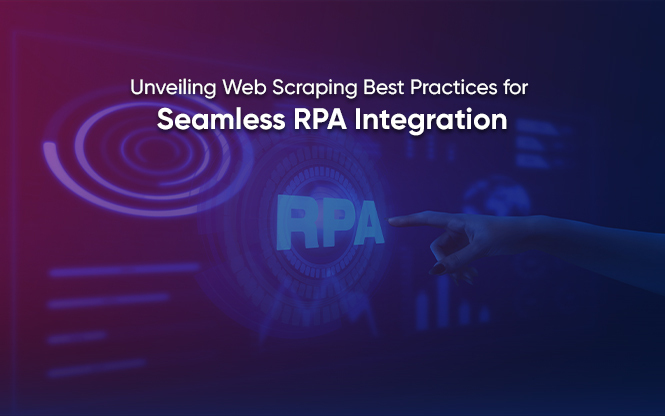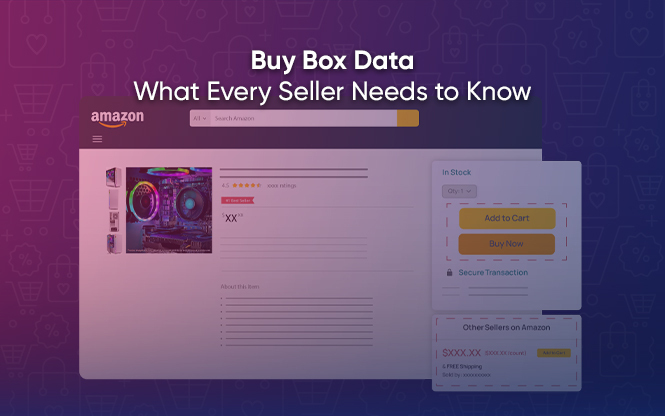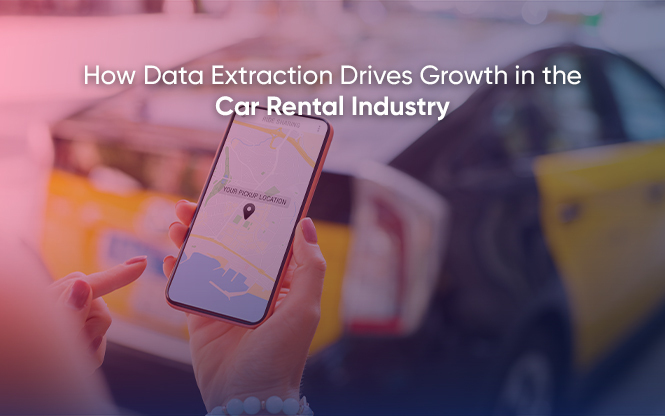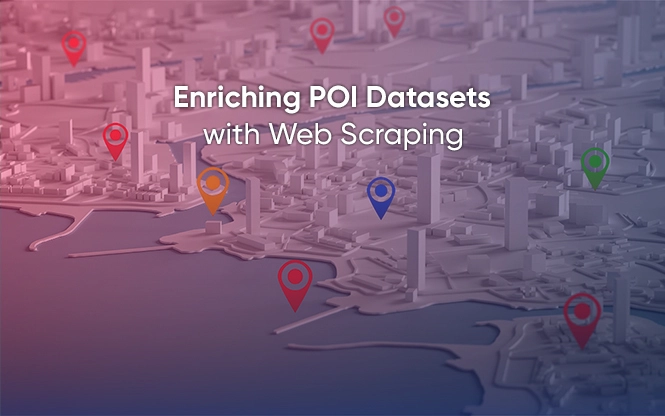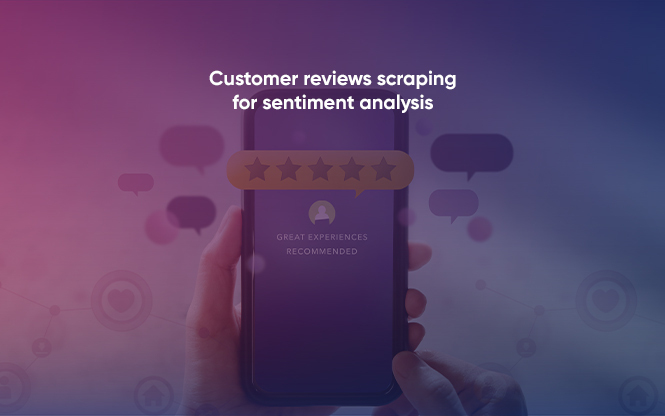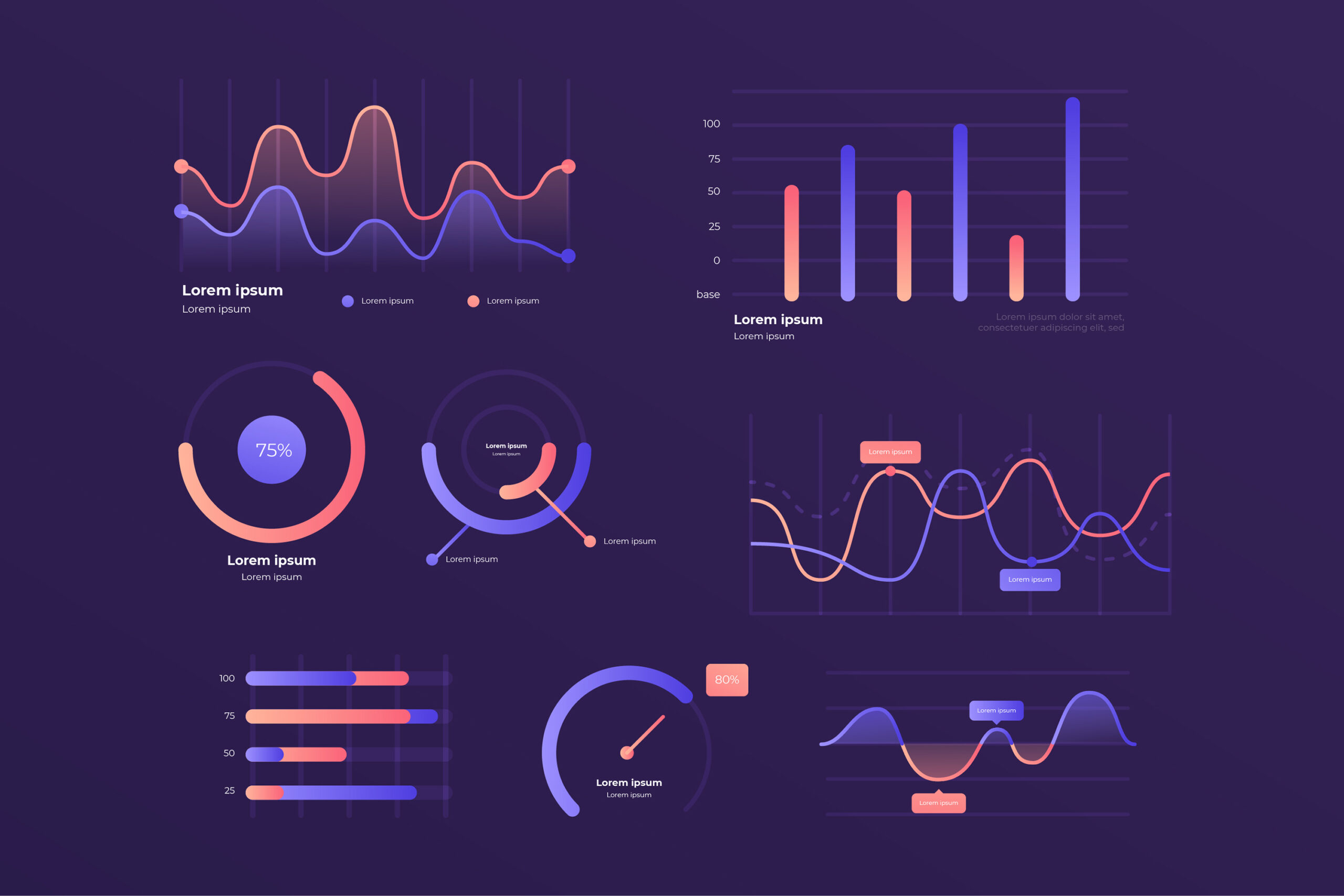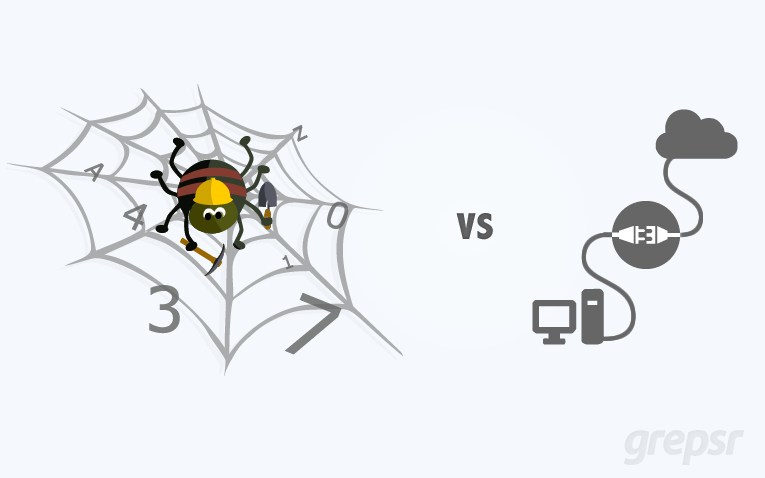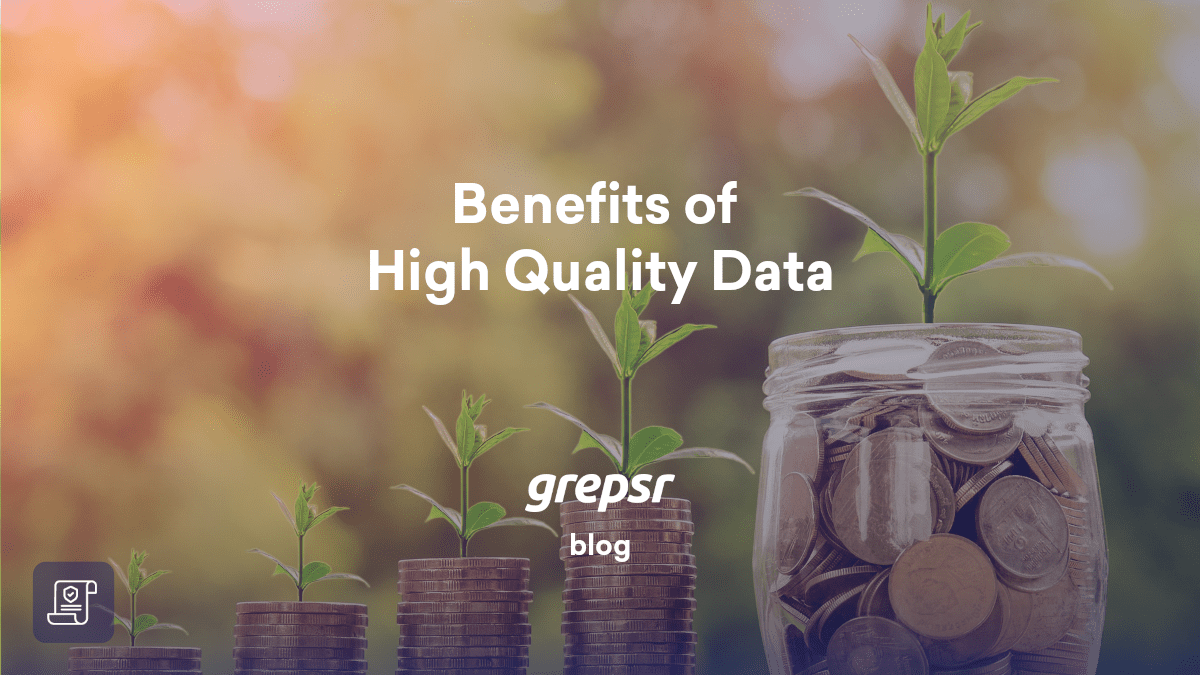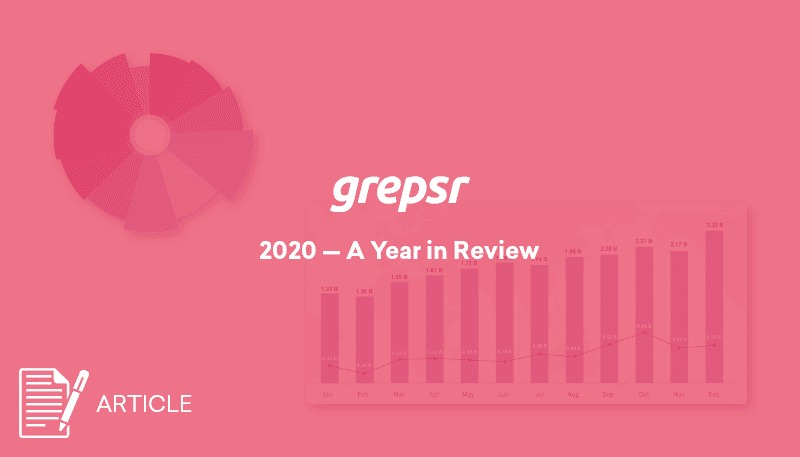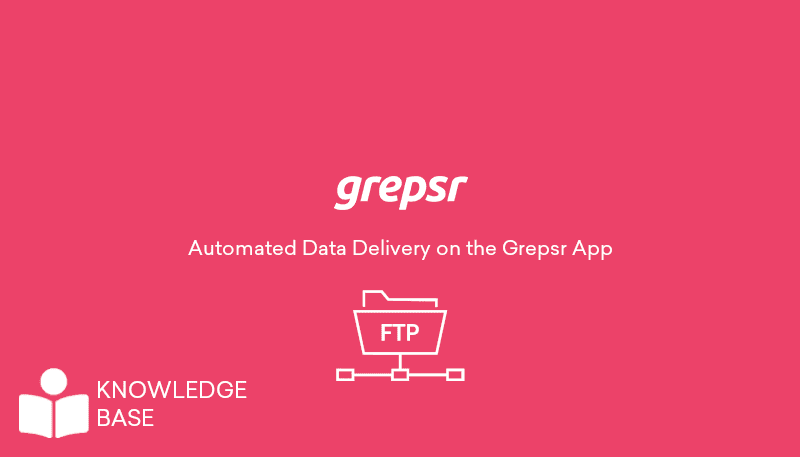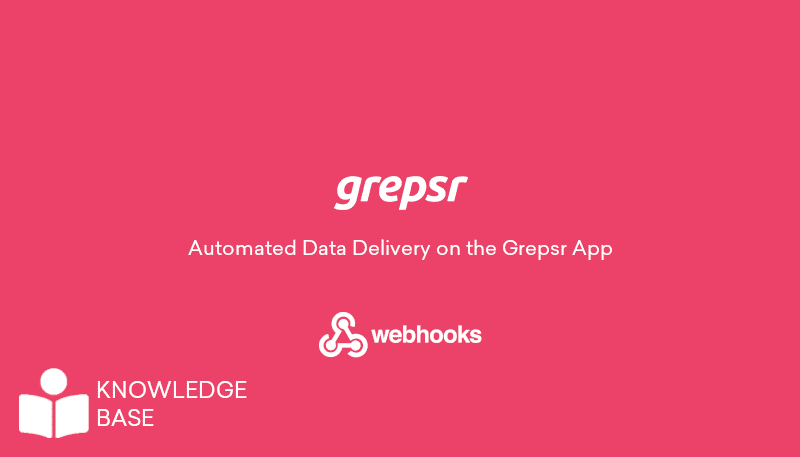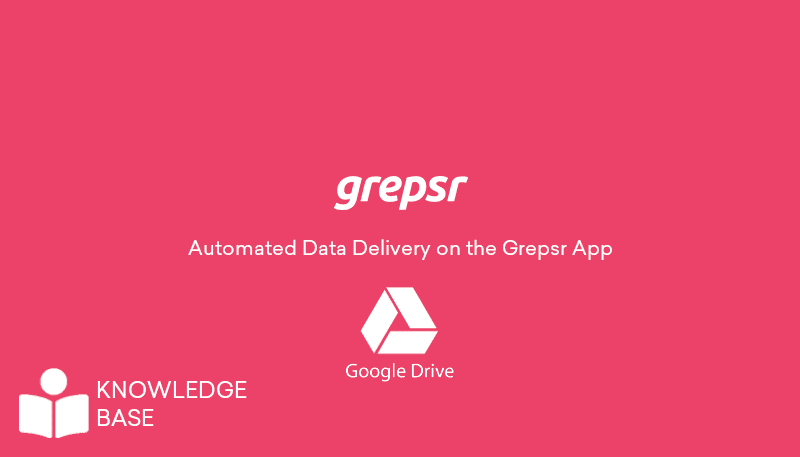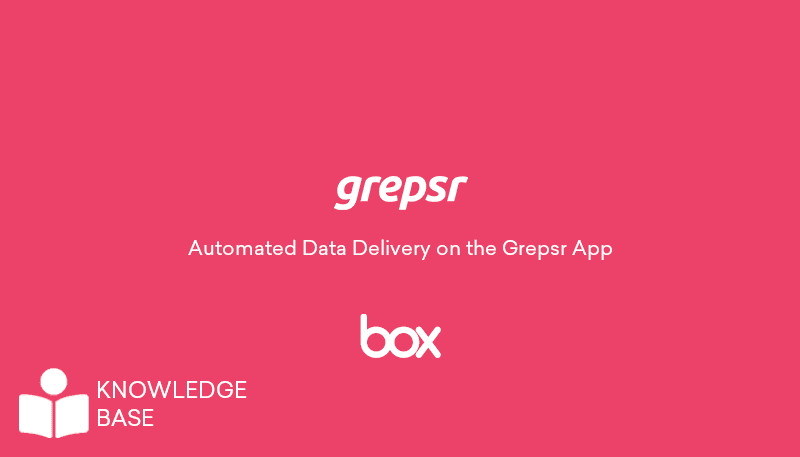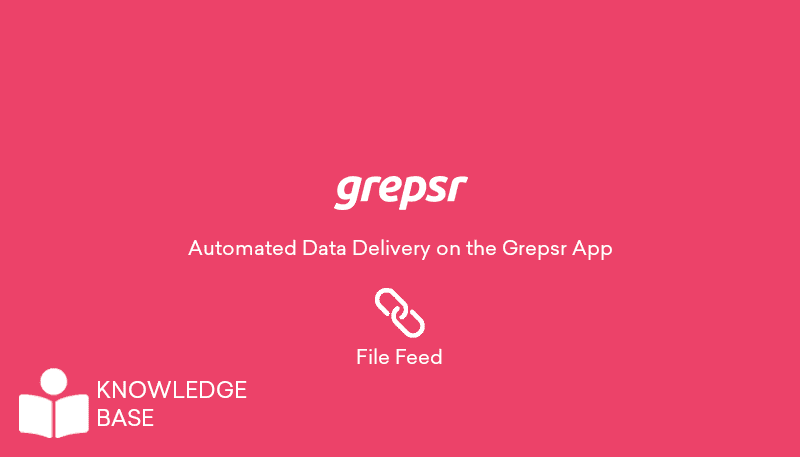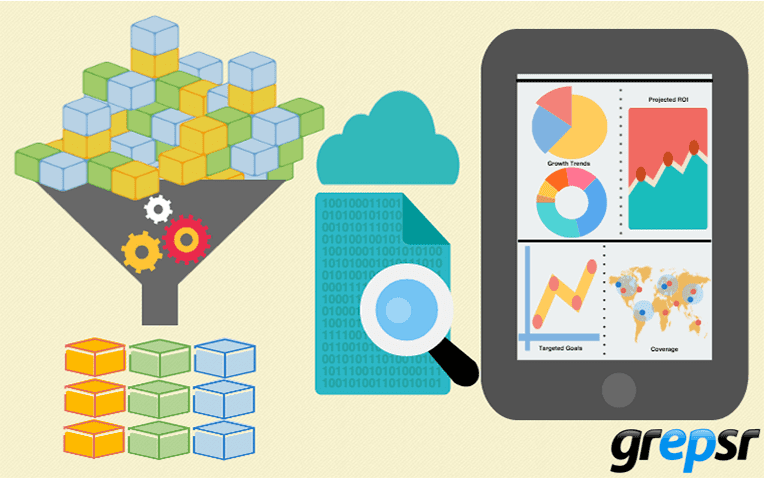When web data feeds your reports, one missed run can slow an entire week. Dashboards go stale, teams wait, and decisions slip. Data workflow orchestration solves this problem by planning, executing, and monitoring every step from extraction to delivery.
With thoughtful scheduling and precise monitoring in place, DevOps, Data Engineers, and IT Administrators keep scrapers on time, recover from hiccups quickly, and deliver tables that people trust..
What data workflow orchestration really means
Think of data workflow orchestration as the operating system for your pipelines. It arranges tasks in the correct order, eliminates manual handoffs, and makes failures visible while there is still time to rectify them.
In practice, this means that your extraction jobs do not start until credentials are refreshed, your validation runs before a single row is touched in production, and your load step only proceeds when quality meets the standard you set. The result is not just speed, but consistency. Teams know when data will arrive, what it will contain, and how to raise a flag when something looks off.
Airflow scraping: a clean way to run web data at scale
Airflow scraping works well when web collection is just one part of a larger pipeline. Apache Airflow models work as DAGs, so you declare the process once and let the scheduler decide when each task is ready to run. Time-based schedules support predictable refreshes, such as “08:00 IST daily” for pricing or inventory.
Data-aware schedules ensure a transform runs only after the scraper publishes a fresh dataset, which prevents wasted compute and race conditions. Event-driven starts kick off processing the moment a file lands or an upstream service signals that it is done.
Scraping often requires waiting. You might need to hold until a window opens, an export finishes, or an API limit resets. Sensors cover those cases without burning worker capacity, and deferrable versions are beneficial when waits are long. Concurrency control matters too. By placing scraping tasks in pools and setting limits, you protect target sites, keep proxy usage stable, and prevent your own cluster from spiking at the wrong time. Combined with sensible retries and backoff, this turns fragile spiders into predictable jobs the whole company can rely on.
Useful references: Apache Airflow docs and the Great Expectations glossary for Data Docs if you plan to publish validation results later: Great Expectations.
Job scheduler web scraping: make time your ally
A scheduler is the heart of reliable collection. Work backward from a clear promise, such as “ready by 8:00 IST,” and design each stage to make that deadline achievable.
- Start from the consumer: If a dashboard needs fresh data by 8:00, begin the scrape earlier with a buffer for retries and validation.
- Standardize retries: Treat retries and backoff as policy, not guesswork, so transient errors never wake the team at night.
- Use catch-up only when needed: Keep catch-up reserved for deliberate backfills so routine maintenance does not create surprise backlogs.
- Set SLAs: Make “ready by” measurable. Track misses and learn where time goes.
- Cap concurrency: Use pools to limit parallel hits per site or proxy group, protecting upstreams and your own infrastructure.
This is job scheduler web scraping in practice: predictable cadences, polite resource usage, and fast recovery when the network gets noisy.
Monitoring that catches problems early
A scheduler without observability leaves you guessing. Build a small set of signals that always tells the truth.
- Logs that help: Include request summaries, selector versions, error classes, and a small sample of records per batch so responders can see what broke without digging through code.
- Metrics that matter: Watch run duration, success rate, queued tasks, backlog, and freshness lag. Alert on failure spikes and SLA misses with short, actionable messages that link to the failing run.
- Know your lineage: Track upstream and downstream dependencies so you can explain in seconds why a table is late and which team is affected next. If you need deeper lineage, Airflow’s OpenLineage provider is a straightforward add-on.
Automated workflows: from scraper to warehouse without drama
Manual steps are fine for experiments, but they do not scale. Automated workflows connect extraction, validation, transformation, loading, and notification into a loop that runs the same way every time.
Add a quality gate between “extract” and “load,” and treat it as non-negotiable. If required fields are missing, types are wrong, or duplicates spike, quarantine the dataset rather than pushing it into production. Standardize units and currencies, map categories consistently, and notify downstream jobs only when quality passes. When orchestration, scheduling, monitoring, and quality come together, your pipeline stops being a set of scripts and becomes a service your company can trust.
Preprocess scraped data for AI models
If your downstream consumer is a model or a retrieval system, keep a small ML-ready step after validation. It keeps training and search both accurate and auditable.
Checklist to preprocess scraped data for AI models
- Clean text, remove boilerplate, and normalize encodings.
- Extract entities like brands, SKUs, locations, and prices for structured features.
- Mask or drop sensitive fields based on policy.
- Chunk content with metadata such as source URL, timestamp, language, and the selector version that produced it.
This small investment pays off when you need to retrain, reindex, or audit months later.
Where Grepsr fits
Not every team wants to build and operate the entire collection layer. Grepsr can handle extraction at scale and deliver clean, analysis-ready web data to your warehouse or data lake on your schedule.
- Web Scraping Solution: managed collection with scheduling options and flexible delivery formats that plug into your orchestration stack.
- Customer Stories: examples across retail, apps, and logistics to see what reliable production programs look like.
- Talk to Sales: start with a small pilot and prove value quickly.
Conclusion
Scheduling and monitoring are what turn a set of scripts into a dependable service. With data workflow orchestration, Airflow scraping patterns, a thoughtful job-scheduler web-scraping setup, clear metrics, and strict quality gates, your web data becomes boring in the best way—predictable, timely, and trustworthy. Start with one source and one deadline, write down the rules, and improve in small steps. When you want a faster path, Grepsr can supply clean, compliant data that drops straight into your automated workflows.
FAQs: Data Workflow Orchestration
What is data workflow orchestration?
It is the practice of coordinating interconnected data tasks from extraction to delivery so they run in the right order, on time, with visibility and recovery built in.
How does Airflow scraping help with web data?
Airflow lets you model pipelines as DAGs, schedule by time, data, or events, and add Sensors for safe waits, which makes long-running scraping jobs predictable and resilient.
What makes a good job scheduler web scraping setup?
Automated runs, pool-based concurrency limits, standardized retries and backoff, explicit catchup/backfill policies, and SLAs that make “ready by” a measurable promise.
Why move to automated workflows?
Automation eliminates manual handoffs, reduces errors, and ensures consistent delivery. Quality gates ensure only valid data reaches production, protecting dashboards and decision-making.
How do I preprocess scraped data for AI models?
Clean text, extract entities, handle sensitive fields, and chunk with metadata so your AI systems can index, train, and audit with confidence.






